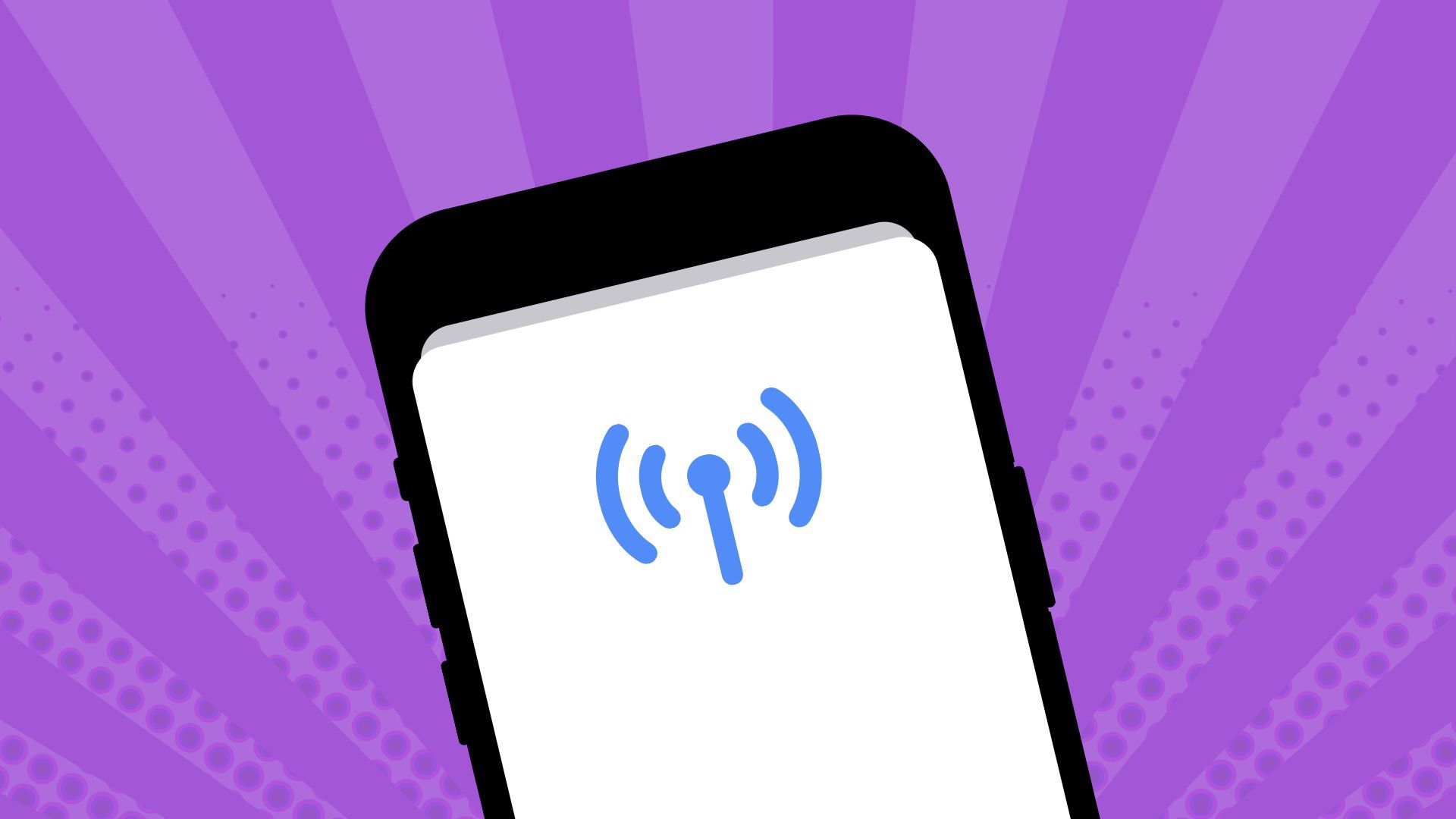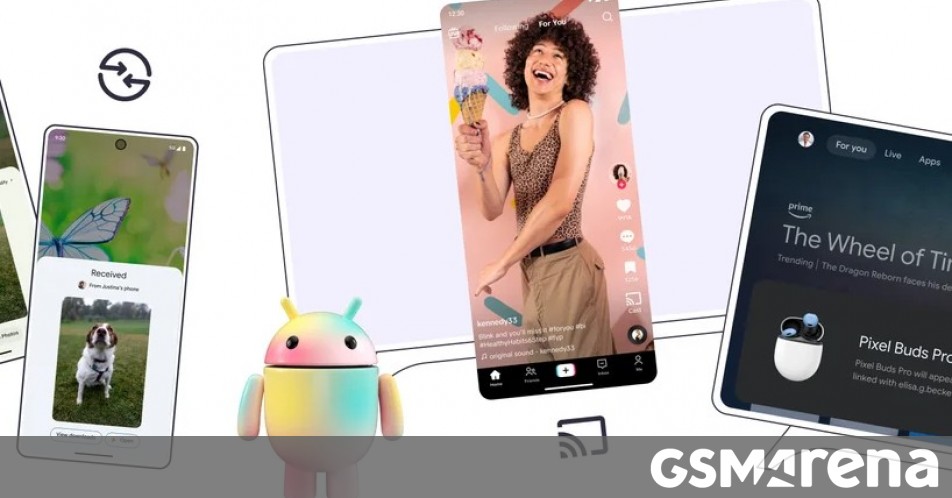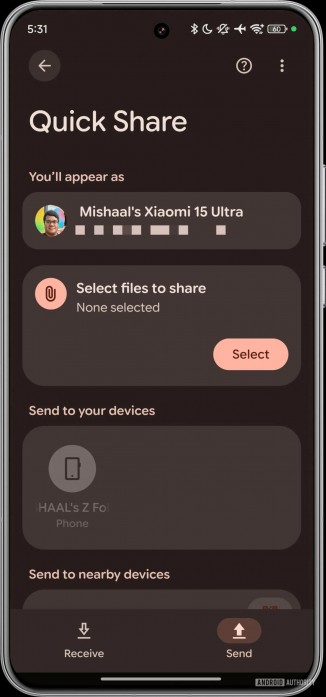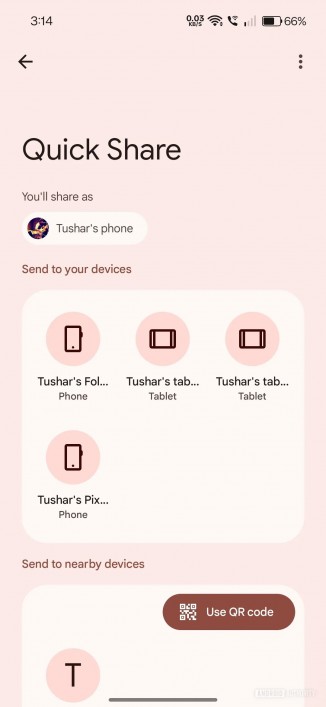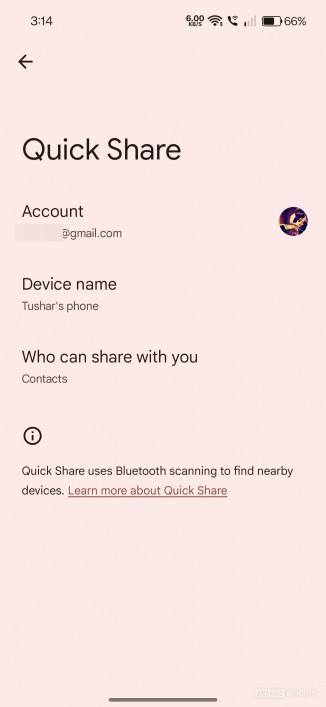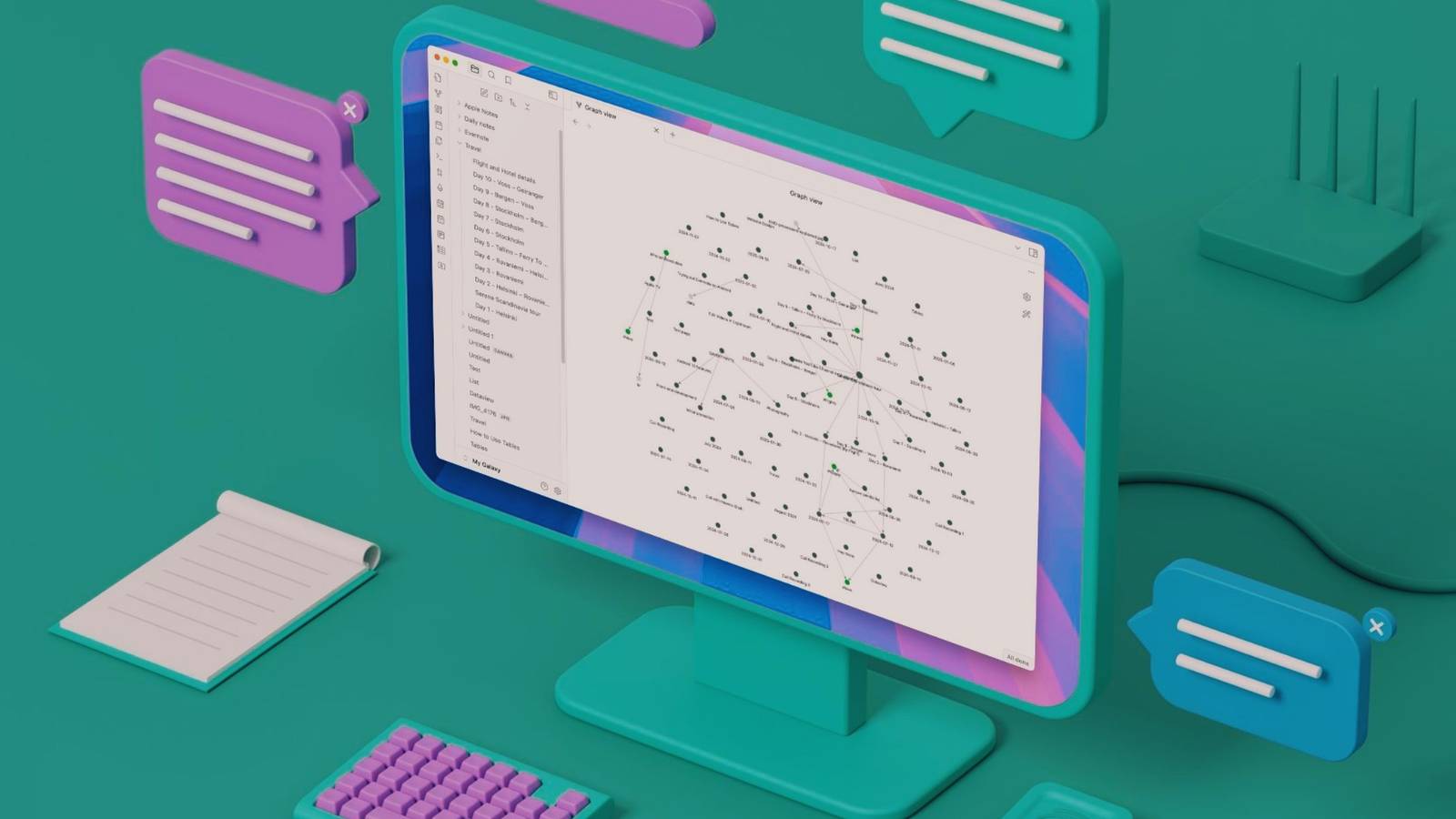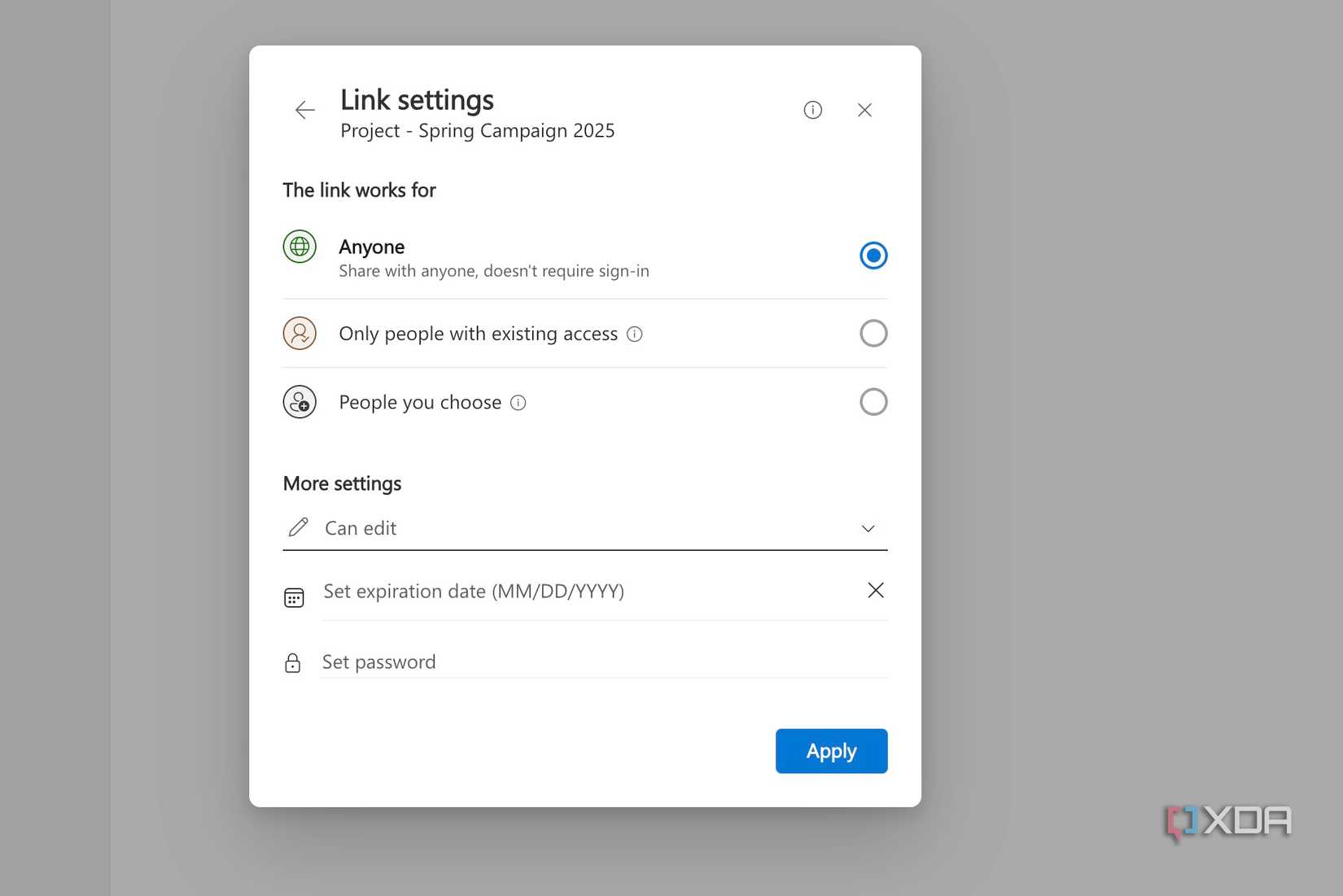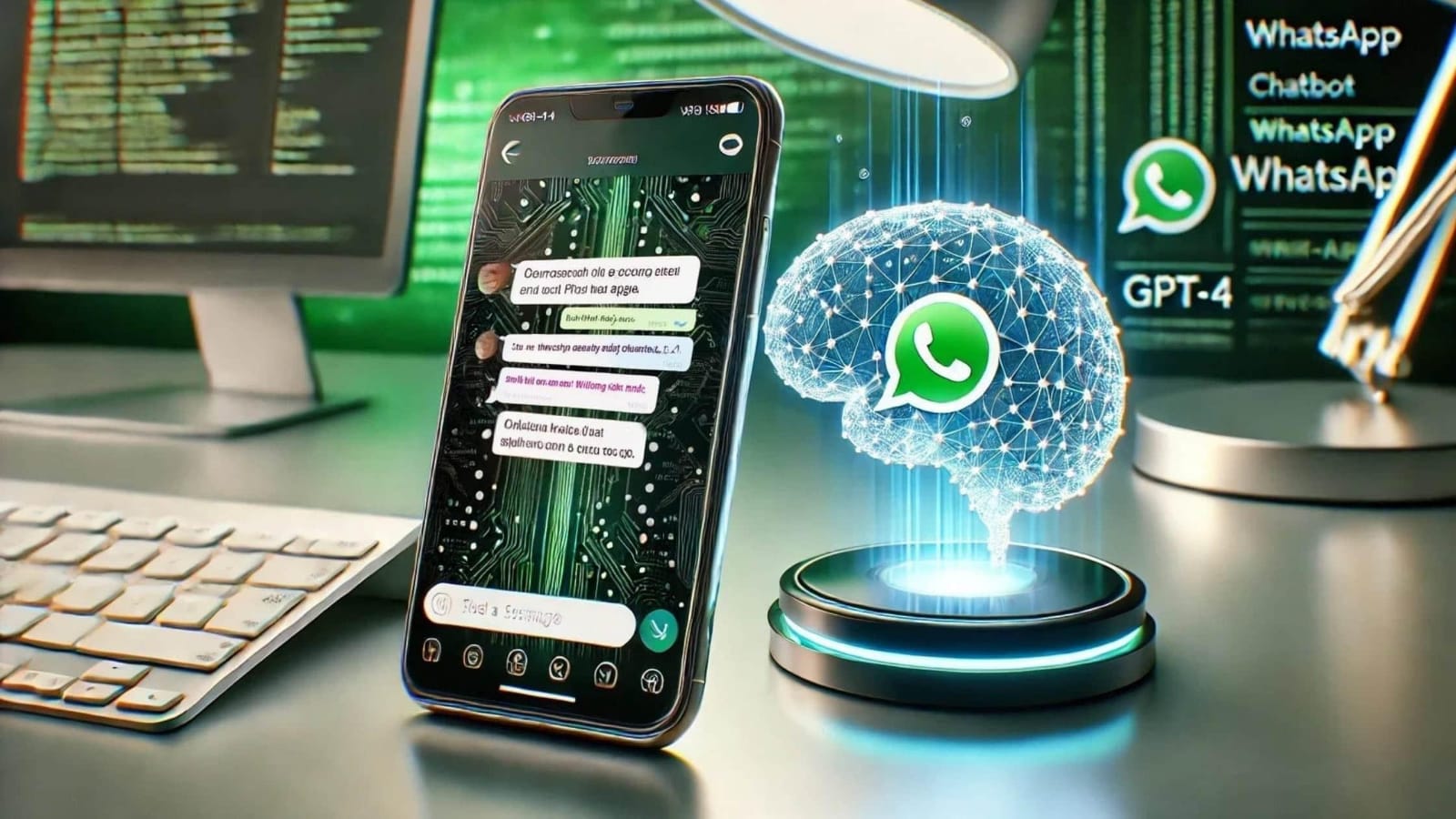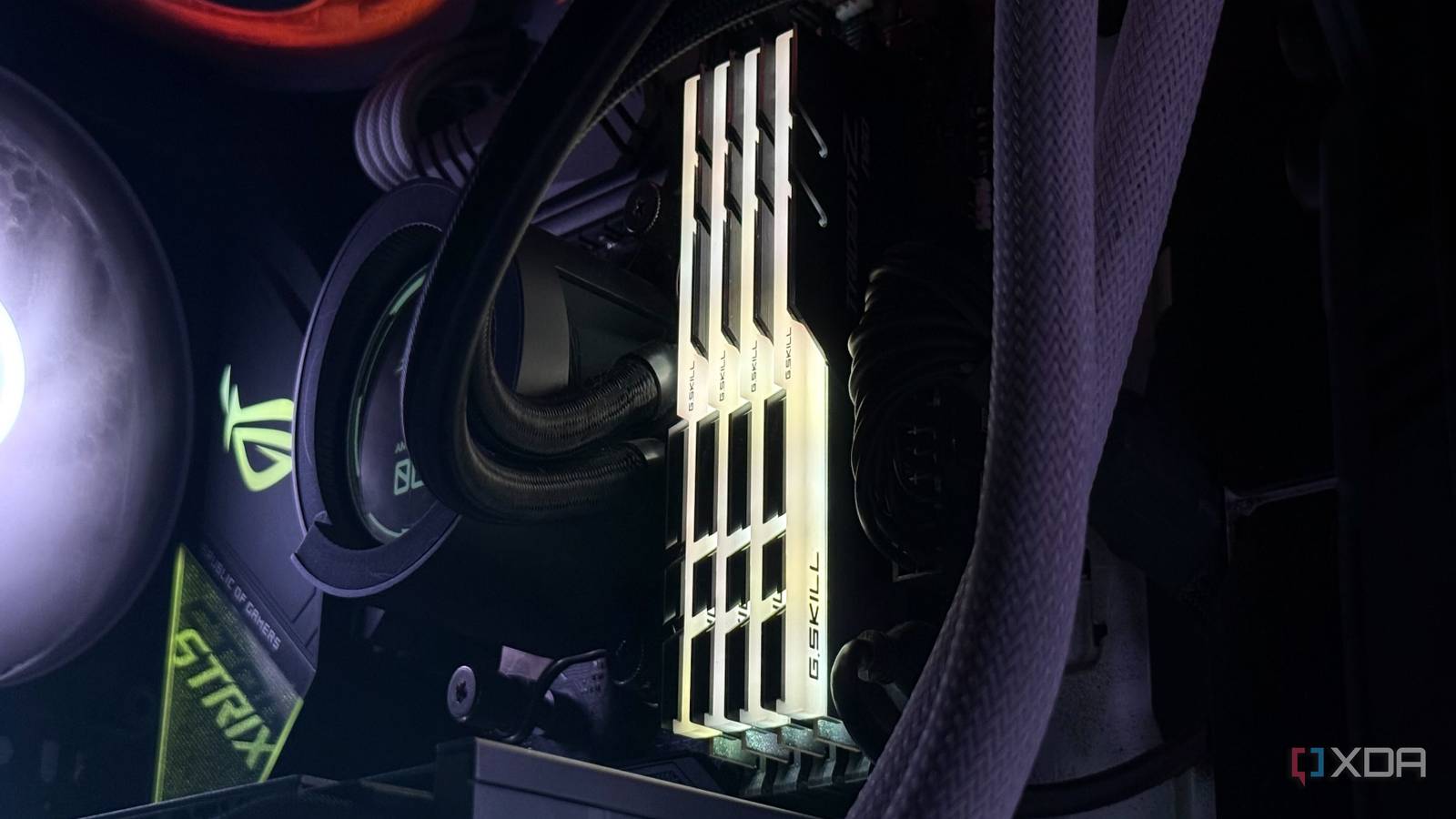Every time I build a new PC, some decisions absolutely haunt me. One of these is how much RAM to get, and since it’s now a business expense, I tend to overspec how much I’ll actually need and then feel bad about how much I just installed. At least, until I start opening dozens of Chrome tabs, and then all is forgiven.
But it wasn’t always like that, and I used to carefully weigh how much capacity I needed with the MT/s and timings I wanted, and then decide if I was going to buy half now, and the chance that the particular RAM kit would exist when I had more budget to get the rest. My first custom gaming PC fell into this category, where I overspent getting the black and yellow DIMMs I wanted, then went back to Newegg after three days of anxiousness to buy another 8GB of Avexir Blitz DDR3 because I was worried it would disappear from sale.
I was absolutely correct on this occasion, as the company stopped making DDR3 shortly after, and after one or two DDR4 releases, it disappeared altogether. But I also got lucky by buying two RAM kits at different times and having them both work together perfectly, which I later discovered wasn’t always the case. As always, our usual advice applies, with getting ample memory to begin with, so your PC doesn’t need upgrades straight away.
That’s going to be 32GB of DDR5 for any new build, and really, with RAM prices being so low, you can easily go for 64GB as two 32GB modules and be happy for a long time. But what happens if you need more later? Let’s go over why mixing RAM modules hasn’t been the best idea historically, and where we are now.
RAM is RAM isn’t it?
Ahh, you’d think so but it really isn’t
Let’s get the most common misconception out of the way so we can dig in. Yes, you can mix RAM kits together. You can run different speeds, timings, and capacities and still boot, but it isn’t before you think that’s solved things.
Take laptops, for example. It’s common to see weird RAM capacities that aren’t the result of two equal SODIMMs, and the reason it’s not much of an issue is that laptops often run at JEDEC minimums or not far off them, and the performance deficit from running two mismatched modules is less of an impact. Plus, when was the last time you saw a laptop with four RAM modules? When it’s only two, they have direct wiring to the CPU and have less potential for issues, and the loss of some performance for the larger capacity is worth considering.
On desktop platforms with four RAM slots, the physical and electrical properties of the changed architecture make a big difference, and mixing RAM kits can cost you performance, and definitely style points, since they’re not tucked away. However, you should still be able to boot.
You might not get the same speeds your kits are rated for, and if you mix capacities with DDR4 you get into a flex mode where the smaller DIMMs run in dual-channel but only the corresponding portion of the larger DIMMs will run in dual-channel and the rest will be single-channel, potentially bottlenecking memory-heavy tasks.
Manufacturers love this one sneaky trick
The other thing is that manufacturers, and particularly memory manufacturers, love to change out the memory ICs used in their kits. The worst offender (if you can call them that) is Corsair in my experience, where you could get three or four revisions of the same SKU with different memory modules and varying performance. What’s more, there’s no guarantee that buying two, two-DIMM kits on the same day will get you the same IC inside, and I’ve had this happen many times.
This is partly why four DIMM kits fetch a big price premium, as they have to be tested stringently to work together. If you absolutely need tight timings and no fuss, you need to get a matched kit that is equal to the number of RAM slots your motherboard has, whether that’s two, four, eight, or more.
So what can you do to avoid issues
Avoid certain configurations, and plan ahead
So, not all is lost if you absolutely have to mix and match RAM kits, but there are a few things to keep in mind. Most of this is carried over from previous RAM generations, but DDR5 has a little change in that it’s hard to get four sticks to boot on some systems, let alone run with anything approaching optimal performance:
-
Purchase full kits to match your RAM slot amount
-
Match specifications exactly if you have to mix kits
-
Ensure your BIOS is up to date
-
Avoid four-DIMM configurations if possible
This might not guarantee performance, compatibility, or anything really, but it will help and there will always be some edge cases where particular RAM kits won’t work together or with specific CPU and motherboard combinations.
DDR5 has a strange quirk
For every previous generation of RAM, the advice was to use two DIMMs for dual-channel operation, and put them in either A1+B1 or A2+B2 (check your motherboard manual for which pairing) to get the best performance. That’s mostly correct for DDR5, but because of the faster speeds and the move to a pure daisy chain topology for the RAM slots where A2 and B2 are directly wired to the CPU socket (and optimized for signal time), there is a crucial difference in how you should install RAM if you’re installing four modules when they come from two kits.
With DDR4, the modules from the same kit would go in A1 and B1. With DDR5, the advice is to put them in A1 and A2, so that the sequential serial numbers would be on the slot wired directly to the CPU and the slot that is daisy-chained to that one. This gives you the best chance of fast speeds and lower timings when using four DIMMs, and I can confirm that I get a few hundred MT/s more out of two kits of two DIMMs when doing so.
Mixing RAM kits isn’t the death knell some would have you believe, but it’s not great, either
I hate to say it, because I was one of the min/max gamers, but mixing RAM kits isn’t the end of the world. For laptops, the increase in capacity outweighs any other potential drop in performance, especially for the types of document-heavy tasks they’re suited for. On desktop platforms, your system should boot at JEDEC minimums even if you have the most cursed combination of four single DIMMs from different manufacturers. Or it may not, because DDR5 is a little tetchy and the IMC on DDR4 supporting CPUs have always given me issues. But it should boot, at least, and depending on the rest of your system configuration you might not notice much of a drop in perfomance.
